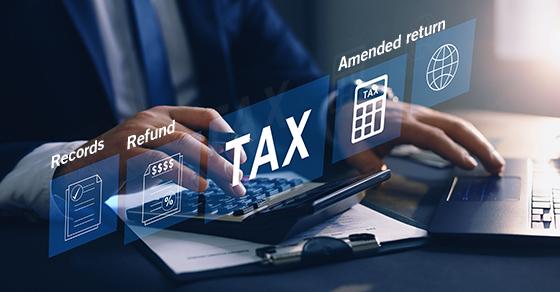It’s not unusual for a partner to incur expenses related to the partnership’s business. This is especially likely to occur in service partnerships such as an architecture or law firm. For example, partners in service partnerships may incur entertainment expenses in developing new client relationships. They may also incur expenses for: transportation to get to and from client meetings, professional publications, continuing education and home office. What’s the tax treatment of such expenses? Here are the answers.
Reimbursable or not
As long as the expenses are the type a partner is expected to pay without reimbursement under the partnership agreement or firm policy (written or unwritten), the partner can deduct the expenses on Schedule E of Form 1040. Conversely, a partner can’t deduct expenses if the partnership would have honored a request for reimbursement.
A partner’s unreimbursed partnership business expenses should also generally be included as deductions in arriving at the partner’s net income from self-employment on Schedule SE.
For example, let’s say you’re a partner in a local architecture firm. Under the firm’s partnership agreement, partners are expected to bear the costs of soliciting potential new business except in unusual cases where attracting a large potential new client is deemed to be a firm-wide goal. In attempting to attract new clients this year, you spend $4,500 of your own money on meal expenses. You receive no reimbursement from the firm. On your Schedule E, you should report a deductible item of $2,250 (50% of $4,500). You should also include the $2,250 as a deduction in calculating your net self-employment income on Schedule SE.
So far, so good, but here’s the issue: a partner can’t deduct expenses if they could have been reimbursed by the firm. In other words, no deduction is allowed for “voluntary” out-of-pocket expenses. The best way to eliminate any doubt about the proper tax treatment of unreimbursed partnership expenses is to install a written firm policy that clearly states what will and won’t be reimbursed. That way, the partners can deduct their unreimbursed firm-related business expenses without any problems from the IRS.
Office in a partner’s home
Subject to the normal deduction limits under the home office rules, a partner can deduct expenses allocable to the regular and exclusive use of a home office for partnership business. The partner’s deductible home office expenses should be reported on Schedule E in the same fashion as other unreimbursed partnership expenses.
If a partner has a deductible home office, the Schedule E home office deduction can deliver multiple tax-saving benefits because it’s effectively deducted for both federal income tax and self-employment tax purposes.
In addition, if the partner’s deductible home office qualifies as a principal place of business, commuting mileage from the home office to partnership business temporary work locations (such as client sites) and partnership permanent work locations (such as the partnership’s official office) count as business mileage.
The principal place of business test can be passed in two ways. First, the partner can conduct most of partnership income-earning activities in the home office. Second, the partner can pass the principal place of business test if he or she:
- Uses the home office to conduct partnership administrative and management tasks and
- Doesn’t make substantial use of any other fixed location (such as the partnership’s official office) for such administrative and management tasks.
To sum up
When a partner can be reimbursed for business expenses under a partnership agreement or standard operating procedures, the partner should turn them in. Otherwise, the partner can’t deduct the expenses. On the partnership side of the deal, the business should set forth a written firm policy that clearly states what will and won’t be reimbursed, including home office expenses if applicable. This applies equally to members of LLCs that are treated as partnerships for federal tax purposes because those members count as partners under tax law.
© 2024







